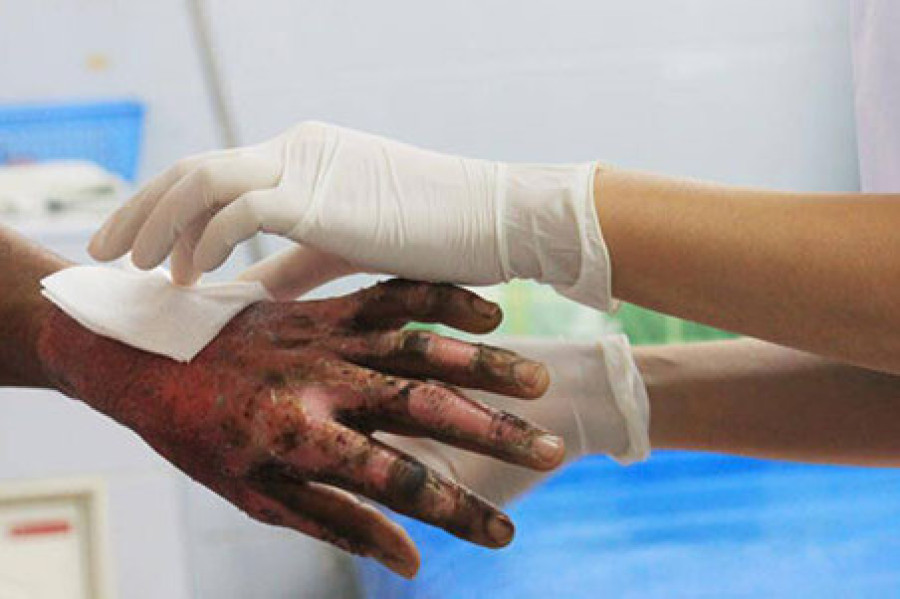Health
As mercury dips, burn cases rise significantly
The number of burn victims has been rising at an alarming rate, but the country is ill-equipped to treat them.
Post Report
Amid a shivering cold due to declining temperatures, the number of burn incidents has risen across the country.
According to the Nepal Cleft and Burn Centre in Kirtipur, the number of burn cases has risen alarmingly of late.
The hospital, which had allocated 24 beds for burn patients, has converted other general wards to burn units and added additional beds due to a massive influx of burn victims.
“Currently 47 burn patients have been admitted to our hospital, which is nearly half of the total bed number,” said Padmasobha Maharjan, a data officer at the hospital. “The number of burn cases has been rising every year.”
In the fiscal year 2022-23, 790 people were admitted to the hospital. The number was 660 in 2021 and 623 in 2019.
Fire victims from across the country are brought to the hospital for burn injuries, as most of the health centres, private as well as state-run, lack proper treatment facilities for fire victims. As a result, the hospital is always crowded, and patients have to wait for days not only for surgery but also for beds.
According to Maharjan, three burn victims on average are admitted to the hospital every day, since the start of January, when temperatures start to dip.
The Kathmandu valley recorded its coldest day of the year on Sunday morning, with the minimum temperature plunging to 2.1 degrees Celsius. Life in most Tarai districts has been severely affected for around a month due to thick fogs.
The number of patients with burn injuries rises during the winter, as people make bonfires to keep warm. Elderly women and young children are more vulnerable to fire incidents, as they remain in the house or near fires most of the time.
Burn is the second most common injury in rural Nepal, accounting for 5 percent of disabilities, according to the World Health Organization. According to a study carried out in the past, over 40,000 people suffer from burns [minor or severe] every year in Nepal. Among them, about 1,500 to 2,000 die.
The country, however, is ill-equipped when it comes to treating burn patients.
Burn injuries in Nepal are still not a health priority. The government has neither upgraded and increased facilities nor run any awareness programmes to deal with the situation in the immediate aftermath of a burn incident.
Doctors say awareness alone can substantially increase the chances of survival of burn patients. They say burn patients need enough intravenous fluids, around eight litres in 24 hours. This does not happen while transporting patients from one facility to another, which reduces their chances of survival.




 8.12°C Kathmandu
8.12°C Kathmandu












%20(1).jpg&w=300&height=200)
